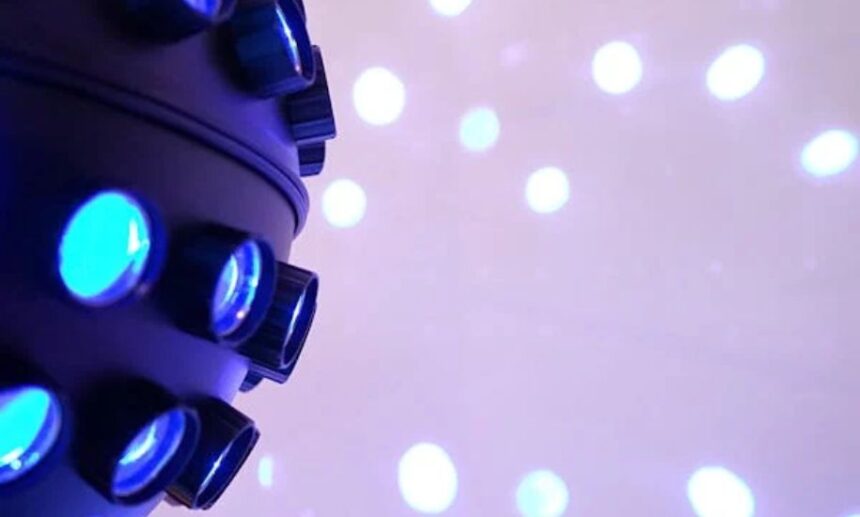LED lighting, short for Light Emitting Diode lighting, has rapidly transformed the world of illumination. From homes to industries, this technology has redefined how we think about lighting, energy efficiency, and sustainability. In this article, we will explore the fundamentals of LED lighting, its benefits, applications, and the technological advancements that make it a cornerstone of modern lighting solutions.
What is LED Lighting?
LED lighting refers to a type of illumination technology that uses light-emitting diodes to produce light. Unlike traditional incandescent bulbs that generate light through the heating of a filament, LEDs create light through the movement of electrons in a semiconductor material. This process is highly efficient, producing more light with less energy and virtually no heat.
The Advantages of LED Lighting
One of the most significant benefits of LED lighting is its energy efficiency. LED bulbs use up to 80% less energy than traditional incandescent bulbs, which not only reduces electricity bills but also lowers carbon emissions. This makes LED lighting a critical component in the fight against climate change and an essential tool for achieving sustainability goals.
LEDs also have a much longer lifespan compared to other lighting technologies. While a typical incandescent bulb might last around 1,000 hours, an LED bulb can last up to 25,000 hours or more. This longevity reduces the need for frequent replacements, saving both time and money over the long term.
Applications of LED Lighting
The versatility of LED lighting is another factor driving its widespread adoption. LEDs are used in a wide range of applications, from residential lighting to commercial and industrial uses. They are commonly found in street lights, office buildings, and even in automotive lighting systems. The technology is also used in more specialized settings, such as in hospitals and laboratories, where precise and reliable lighting is crucial.
In recent years, LED lighting has also become a key component of smart building systems. These systems use LEDs integrated with sensors and control systems to optimize lighting based on occupancy, daylight availability, and other factors. This not only enhances energy efficiency but also improves comfort and productivity for building occupants.

Technological Advancements in LED Lighting
LED technology is continuously evolving, leading to new and innovative applications. One of the most exciting developments is the integration of LEDs with data collection and communication systems. For example, in smart cities, LED streetlights equipped with sensors can monitor traffic patterns, air quality, and even noise levels, providing valuable data for city planners and administrators.
In the automotive industry, LED headlights and taillights are being used not just for illumination but also for collecting data on road conditions and driver behavior. This data can be used to improve traffic management and enhance road safety.
The Environmental Impact of LED Lighting
The environmental benefits of LED lighting go beyond energy efficiency. LEDs do not contain harmful substances like mercury, which is commonly found in fluorescent bulbs. This makes them safer to use and easier to dispose of. Additionally, the long lifespan of LEDs reduces the amount of waste generated from discarded bulbs.
Moreover, the reduced energy consumption associated with LED lighting means that less energy needs to be generated, often resulting in lower demand for fossil fuels. This further reduces greenhouse gas emissions, contributing to a cleaner and more sustainable environment.
The Future of LED Lighting
As technology continues to advance, the future of LED lighting looks brighter than ever. The ongoing development of smart LED systems, combined with the growing emphasis on sustainability, will likely lead to even more innovative applications. For instance, Power over Ethernet (PoE) systems, which allow LED lights to be powered and controlled via Ethernet cables, are gaining popularity in commercial buildings. These systems offer unprecedented control over lighting and energy use, enabling building managers to fine-tune energy consumption to match specific needs.
Another exciting area of development is in the field of horticultural lighting. LED grow lights are becoming increasingly popular in indoor farming and greenhouse operations. These lights can be tailored to provide the exact spectrum of light needed for different stages of plant growth, leading to higher yields and more efficient use of resources.
Challenges and Considerations in LED Lighting
While the benefits of LED lighting are clear, there are also challenges that need to be addressed. One of the main issues is the initial cost of LED bulbs, which is higher than that of traditional bulbs. However, this cost is offset by the long-term savings in energy and replacement costs.
Another challenge is the quality of light produced by some LED bulbs. Early LEDs were criticized for their harsh, cold light, but recent advancements have led to the development of LEDs that can produce a warm, pleasant light similar to that of incandescent bulbs. It is important for consumers to choose high-quality LED products to ensure they meet their lighting needs.
Conclusion
LED lighting has come a long way since its inception, evolving from a niche technology to the dominant form of lighting in many parts of the world. Its energy efficiency, long lifespan, and versatility make it an ideal solution for a wide range of applications, from homes to smart cities. As technological advancements continue to drive innovation in this field, LED lighting will undoubtedly play a crucial role in shaping the future of sustainable, efficient, and intelligent lighting solutions.
In the context of environmental sustainability and energy conservation, LED lighting stands out as a beacon of progress, illuminating not just our homes and streets, but also the path towards a more sustainable future.





